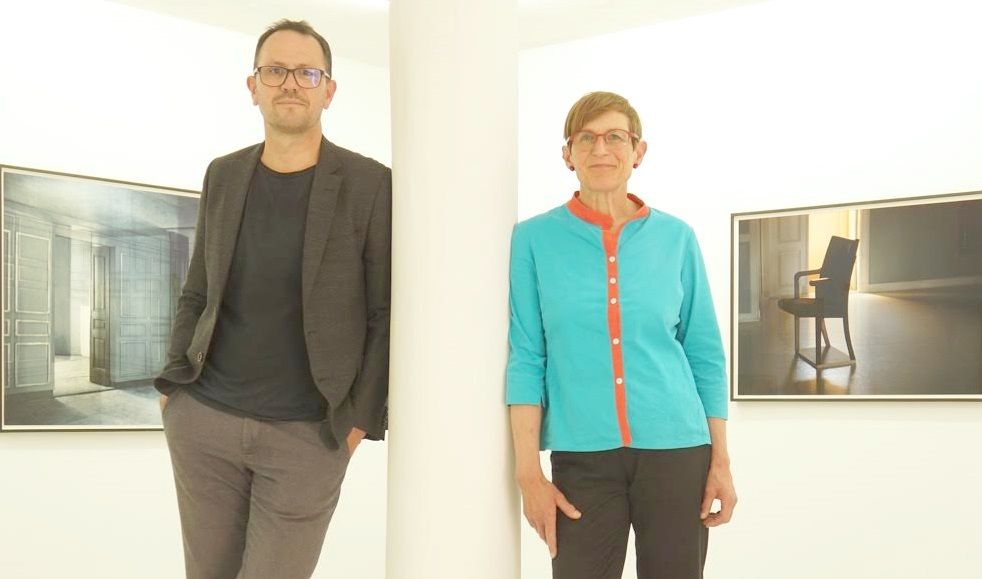For ten days from August 26, the annually held, publically-funded Cph Art Week (see page 22 for details) will celebrate high-quality contemporary art, both from the Danish and international art scenes.
Throughout the years, Copenhagen has never run out of artists who want to create and exhibit their work in the city.
But, like Atlas, who are the bearers of this heavenly art? Who are the pillars that provide the artists with the opportunity to express themselves?
For the love of art
It is of course the gallery owners who make it possible, thanks to their love of art – and an eye for business.
As Copenhagen increasingly finds itself as a fixture on the international art scene, we asked five foreign gallery owners why they decided to open an art gallery here and what they think of Cph Art Week.
Kerry Harm-Nielsen
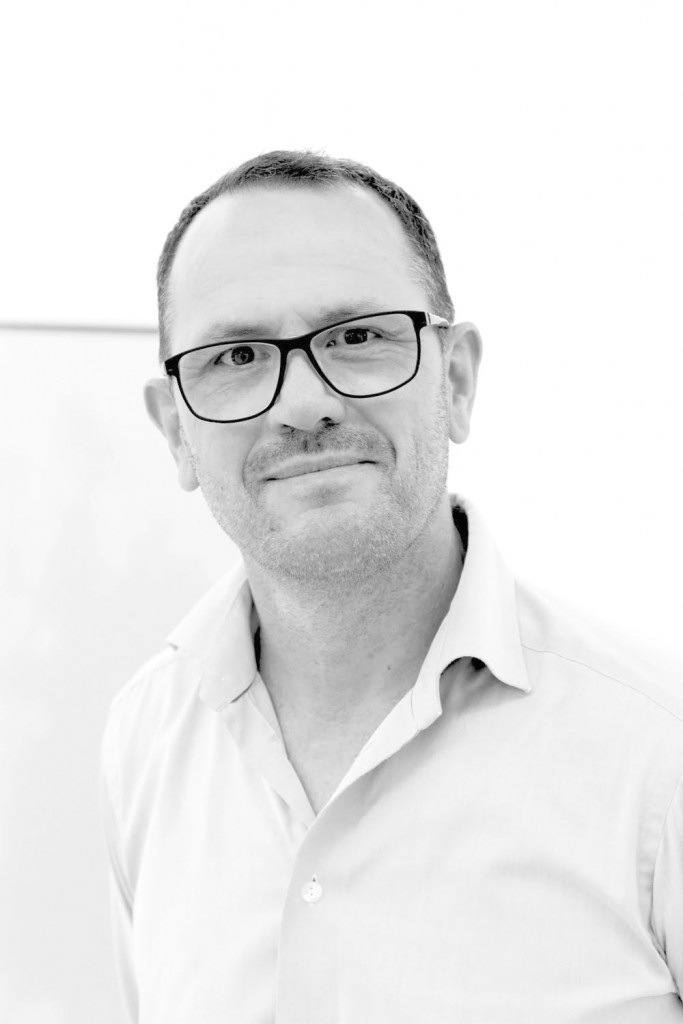
Nationality: New Zealand
Gallery: KANT, St Kongensgade 3, Cph K
In Denmark: 25 years
Gallery opened: 2004
How easy was it opening a gallery here as an international?
Like starting any business it takes time to build up a client base. Contemporary art is international by nature and it´s definitely not a problem that you’re not Danish. People respond according to what you present and not where you are from. Good art is good art.
Are there enough international exhibitions in Denmark, or are the Danes missing out?
There are many very good international exhibitions in Denmark. The art scene is vibrant and ambitious.
Do you collaborate with other gallery owners?
We collaborate with several international galleries and share artists with two galleries in Berlin.
What are your future plans?
More international art fairs where we can present our collaborating artists. It´s through the fairs that we widen our collector and institutional base.
In general, will art ever interest the average man in the street, or will it always be the preserve of the elite and the intelligentsia?
Contemporary art is elite and it will remain that way. People just can´t expect to be able decode new art – they must invest time and visit exhibitions. It´s only through the act of seeing and the wish to gain insight that you develop a reference base, which is the key to open complicated art practices and artworks. But this act strengthens the art experience. As the American, Swedish-based artist Clay Ketter writes “What one thinks ones sees and what one actually sees vibrate against each other, creating fission, which in turn triggers reflection.” For some it can be completely overwhelming. Art has never been more accessible, yet simultaneously has probably never been more complex and multi-referential.
Eric Prince

Nationality: US
Gallery: Prince Gallery, Hauser Plads 16A, Cph K
In Denmark: One year
Gallery opened: 2015
Why Denmark?
I moved to Copenhagen for love. I opened an art gallery for my love of art.
How do your exhibitions compare to those at other art galleries in Copenhagen?
I consciously make it a point to allow the artists to do their vision and curation of the exhibition. I only help when asked. I think I exhibit art that does represent what is contemporary and is actually happening within the now. Unfortunately, I see many galleries and gallerists who want to put their influence too much into the mix.
What are the main differences between the art scenes of Denmark and your home country?
Denmark has an interesting and fascinating art scene. One, I like the level of comfort most artists have here that allows them the confidence and time to explore – this is a positive side of a smaller community with good funding. Of course, the flipside to that is you have a bunch of bureaucracy that artists have to navigate and play nice to receive support. The USA has decent art funding; however, most of it is private and artists there hustle in every sense of the term to make a living. This can be very difficult and push artists out of the industry and into other jobs that ‘pay the bills’. On the other hand, it can sometimes help make the art stronger. I see great talent and art in both Denmark and the USA.
What could Denmark learn from the art scene in your home country?
Honestly, I would say be more independent in thought. This is a trick answer for I like the qualities of people working together or the ‘village’ mentality that Denmark seems to cultivate; however, it can have an effect of people ‘all swimming in the same direction’.
Are there enough international exhibitions in Denmark, or are the Danes missing out?
Great question, and one I have had to deal with on a financial level. Obviously, the known museums here provide fantastic international exhibitions. Private galleries are up against more costs to bring unknown international artists to the scene. The problem is new international artists have little to no recognition and little to no sales don’t help or encourage a gallery to keep taking chances and spending more to bring international talent into the Danish scene.
Last year, the Copenhagen Post questioned whether the publically-funded CPH Art Week was accessible enough to the public. Is this a fair question to ask?
Right, if you want it totally accessible make admissions to the fairs free of charge.
In general, will art ever interest the average man in the street, or will it always be the preserve of the elite and the intelligentsia?
Yes, I think the arts continue to grow in interest through new mediums and media. The greatest gift we can give to the next generations of young people is education for all. Obviously, the arts are a part of the equation and will continue to grow and promote humanity. I have never thought that the arts were reserved for the ‘elite’ or ‘intelligentsia’. That notion is in my opinion a misconception, for art is everywhere in many forms, from commercial applications and installations to visiting free museums and galleries.
Solomon E Lyttle
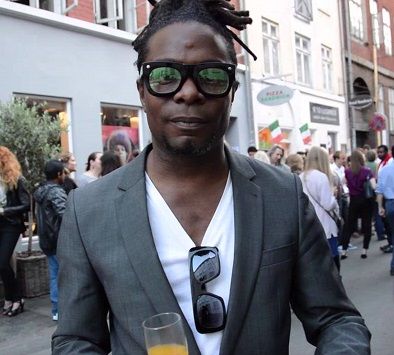
Nationality: British
Gallery: Black Pop gallery, Gyldenløvesgade 19, Cph K
In Denmark: Too long!
Gallery opened: 2010
Last year, the Copenhagen Post questioned whether the publically-funded CPH Art Week was accessible enough to the public. Is this a fair question to ask?
The main focus should be on the public and not on elite circles. Everybody pays taxes and therefore everybody should be able to participate and get inspired. Maybe someone comes to a gallery and sees a Banksy and thinks: “He’s good but I could do it much better.” That is how art is supposed to be created.
Would you like to see any changes made to CPH Art Week?
They should have learned from the past when the elite wanted to sweep the trends of the lower classes under the carpet. If we had listened to them, there would be no hip-hop today for example.
What could Denmark learn from the art scene in your home country?
Denmark is lacking an inclusive attitude, both towards the public and new artists. Most of the people in control are very old fashioned and not aware enough of new potential. The purpose of art is for the public, and that is also where all art comes from and should come from – that’s why we should give them a chance.
How do your exhibitions compare to those at other art galleries in Copenhagen?
We as a gallery try to give room to underdogs – artists with great ideas who want to become big. And we have experienced that the curators are rejecting these ideas and think we are crazy for doing that. Then they start telling us how many famous names they could get for their art fairs and exhibitions. That is not how Denmark’s art scene can move forward.
Mira Skadegaard Thorsen
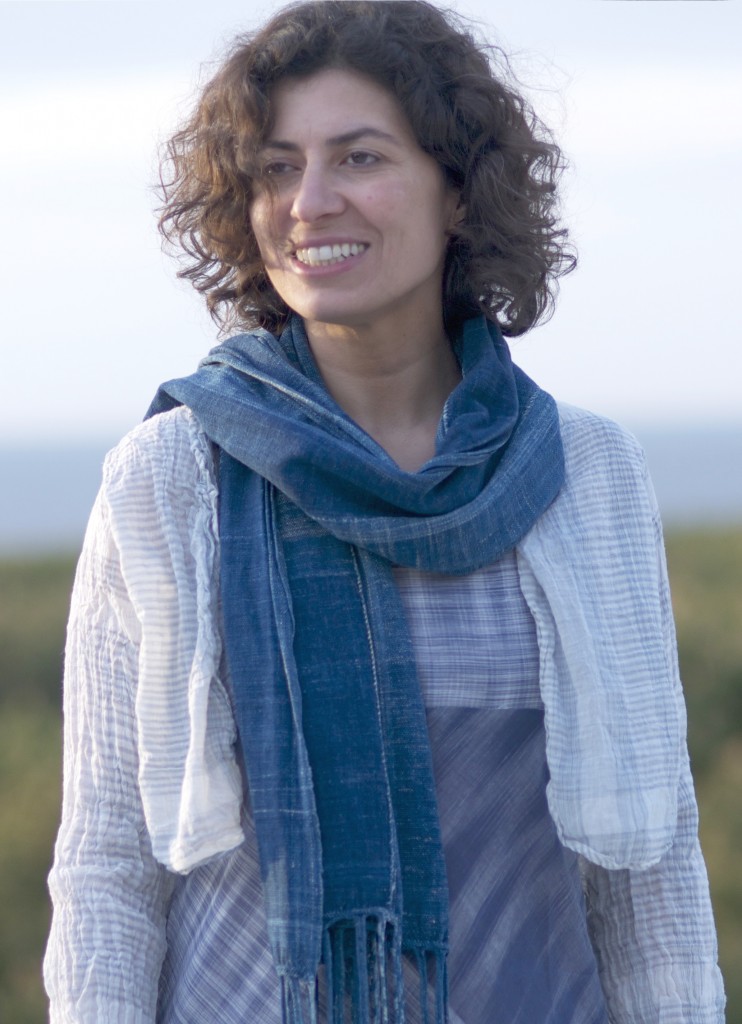
Nationality: Danish-American – Grew up in US.
Gallery: GLOBAL ART Gallery, Skalbakken 8A, Vanløse
In Denmark: 28 years
Gallery opened: 2016
What would your advice be to other prospective international gallery owners in Denmark?
Work on networking and have patience.
How do you choose the artists who exhibit in your gallery?
We are concerned with work that speaks to us and which speaks to our human rights-based approach. Words like access and representation are central. We hope the artists we work with are critical, provocative and think about their positions and perspectives, both in regard to their work and those that observe or are influenced by it. We think it is important that artists reflect on their position and privilege (or lack thereof) and how this contributes or influences the way they work. Who does their work speak to?
In general, will art ever interest the average man on the street, or will it always be the preserve of the elite and the intelligentsia?
There is no ‘man (or woman) on the street’. Human beings are all reflecting beings. So, I think the answer to this lies in the definition of art.
Would you like to see any changes made to CPH Art Week?
That CPH Art Week more explicitly deals with its potential and actual adverse impacts on human rights, and communicates about it.
Elízabeth Torres
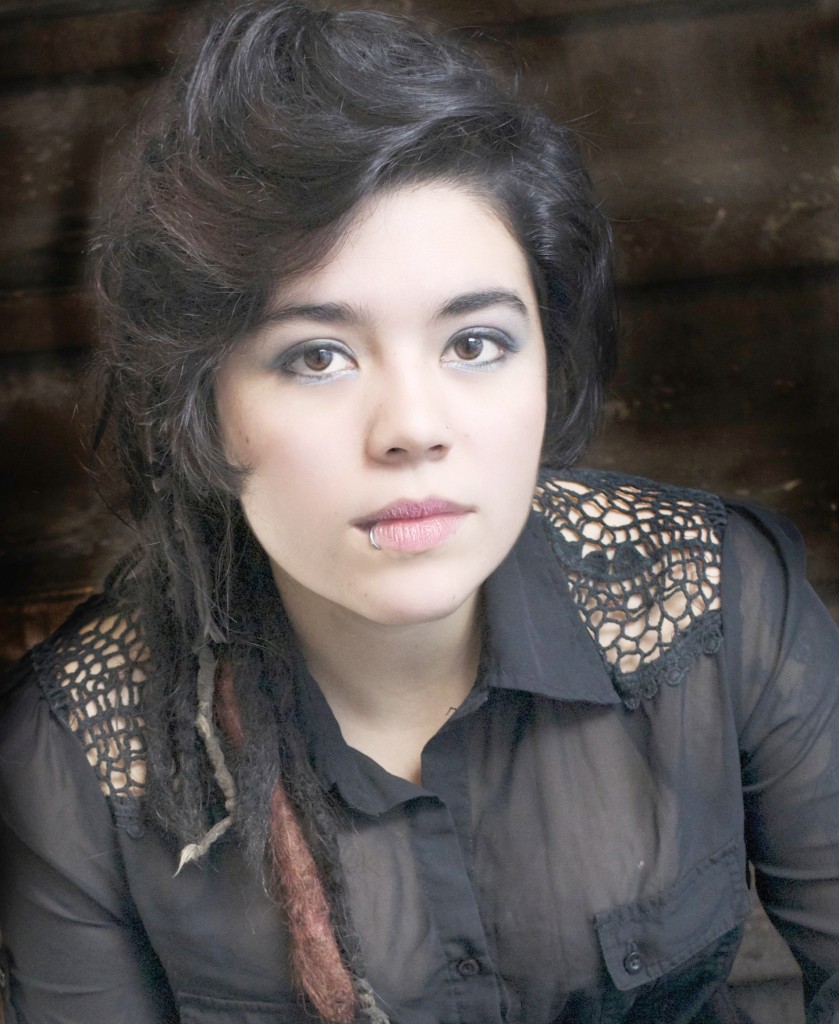
Nationality: American-Colombian
Gallery: Red Door, Heinesgade 13, Cph N
In Denmark: 3 years
Gallery opened: 2015
Why Denmark?
There is a wonderful community of artists here who have become like my family. In 23 April 2015, I married Henrik Malm, a musician, and have been full-time in Denmark since we met.
What is the underlying ambition of your gallery?
To offer an alternative space for artists to exchange ideas, interact and develop new projects, exhibit their latest work and support one another. To have a space where poetry, art, music, and performance thread together and provide free access to the community for our events.
Which advantages and disadvantages have you experienced as an international gallery owner?
I am of course still experiencing the language barrier, although going to school has truly helped me overcome that, very slowly. Another barrier is just the typical culture shock you face when you move to a new city … but I find challenges exciting.
Can you tell us about the art collectors who buy from your gallery?
They come from all backgrounds, as we try to also have a variety of products and prices. It also varies from show to show as we do not limit ourselves to a specific style or demographic.
Do you collaborate with other gallery owners?
Yes! Galleries, and local shops, as well as individuals, chefs, cultural houses and other venues.
How do you choose the artists who exhibit in your gallery?
We have a group of members who propose the artists and approve our exhibitions.
In general, will art ever interest the average man in the street, or will it always be the preserve of the elite and the intelligentsia?
Art has always interested the average man. Whoever thinks otherwise needs to get off the pedestal and take a long walk and look around. It is true that art is also a gigantic business for collectors and galleries everywhere, but that does not exclude anyone from being sensitive enough to understand it and be moved by it.

